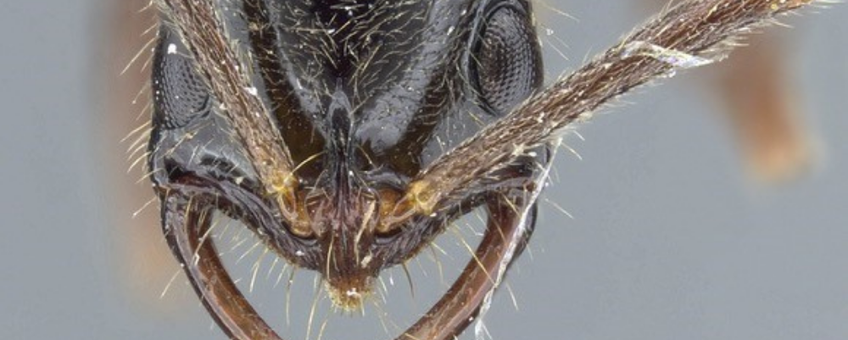
Ants of the Dutch Caribbean better documented
Dutch Caribbean Nature Alliance (DCNA), Naturalis Biodiversity CenterAnts are exceptionally complex social animals. Although we encounter them almost every day, they are often overlooked. These animals have highly intricate societies which parallel that of mankind. Colonies work through a division of labor and have the ability to solve complex problems through communication and teamwork. There are over 14,000 known species worldwide, but there is still much to learn about these tiny inhabitants.
Recently, researchers from Naturalis Biodiversity Center worked to update species lists for the ants of the Dutch Caribbean. Building on previous research conducted in 1930 and 1970 by H.J. MacGillavry, P. Wagenaar Hummelinck and R.H. Cobben, these lists were updated to reflect changes in the local ant populations. Through handpicking of specimens, ants were collected and sorted to determine the exact species.
SSS islands

Prior to the start of the most recent biological survey, only two known species of ants were documented on Saba. Through their research, Peter Boer & Marijn J. A. Boer have now documented a total of 42 ant species. Additionally, through this same study, provisional counts of 24 and 56 species were documented for St. Maarten and St. Eustatius, respectively.
Interestingly, the surveys on Saba were conducted after Hurricane Irma, where fallen trees obstructed the access to some parts of the trail and heavy rainfall may have led some species of ants to shelter deeper underground, out of sight. Therefore, it is possible that there is still a number of ant species that can be found on Saba but was not accounted for in this study.
ABC islands
A new identification key was also created to cover the species found on the islands of Aruba, Bonaire and Curaçao. This key is based on the same 1930 and 1970 studies and is now supplemented with a 2020 survey of the ant species on Aruba. Interestingly, the Aruba species list was updated from 12 previously known species to 44.
Greater importance

Understanding the local residents, both big and small, is critical for designing and implementing holistic conservation plans. Documenting the presence of specific ant species can help identify if and when any invasive species have arrived. Ants play a vital role in local ecosystems, and cataloging local species is just the first step in understanding their importance in maintaining a healthy and balanced environment.
The investigation of the ant fauna of the Dutch Caribbean is still in progress.
To learn more about the various species of ants within the Dutch Caribbean, you can find species lists at the following locations:
- Species list for Saba of 42 species;
- Species list for Curaçao of 59 species, 6 of which were also recorded on Klein Curaçao;
- Species list for Aruba of 44 total species;
- An identification key (pdf; 2.2 MB) for ant species on the ABC islands.
Report your sightings
Have you observed ants? Report your nature sightings and photos on the website DutchCaribbean.Observation.org or download the free apps (iPhone (iObs) & Android (ObsMapp)).
Species reports by local communities and tourists are invaluable for nature conservation efforts to help increase public awareness and overall species protection. Besides, DCNA, Observation International and Naturalis Biodiversity Center are working together to develop an automated species identification app for your phone. Your uploaded photos are of great value to make this possible. For questions, please contact research@DCNAnature.org.
Text: Dutch Caribbean Nature Alliance & Naturalis Biodiversity Center
Photos: Michele Esposito, California Academy of Sciences; Zach Lieberman, California Academy of Sciences
